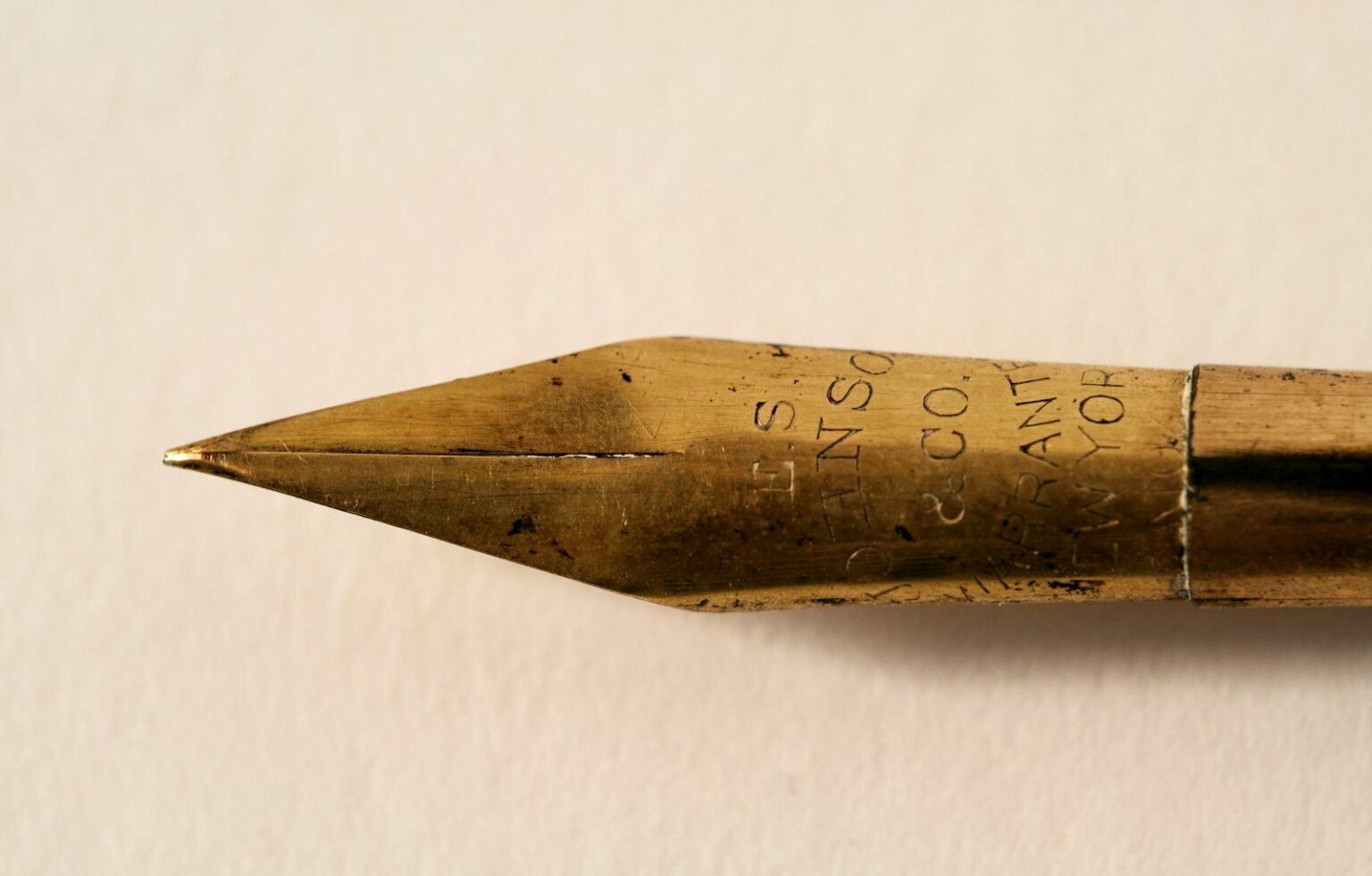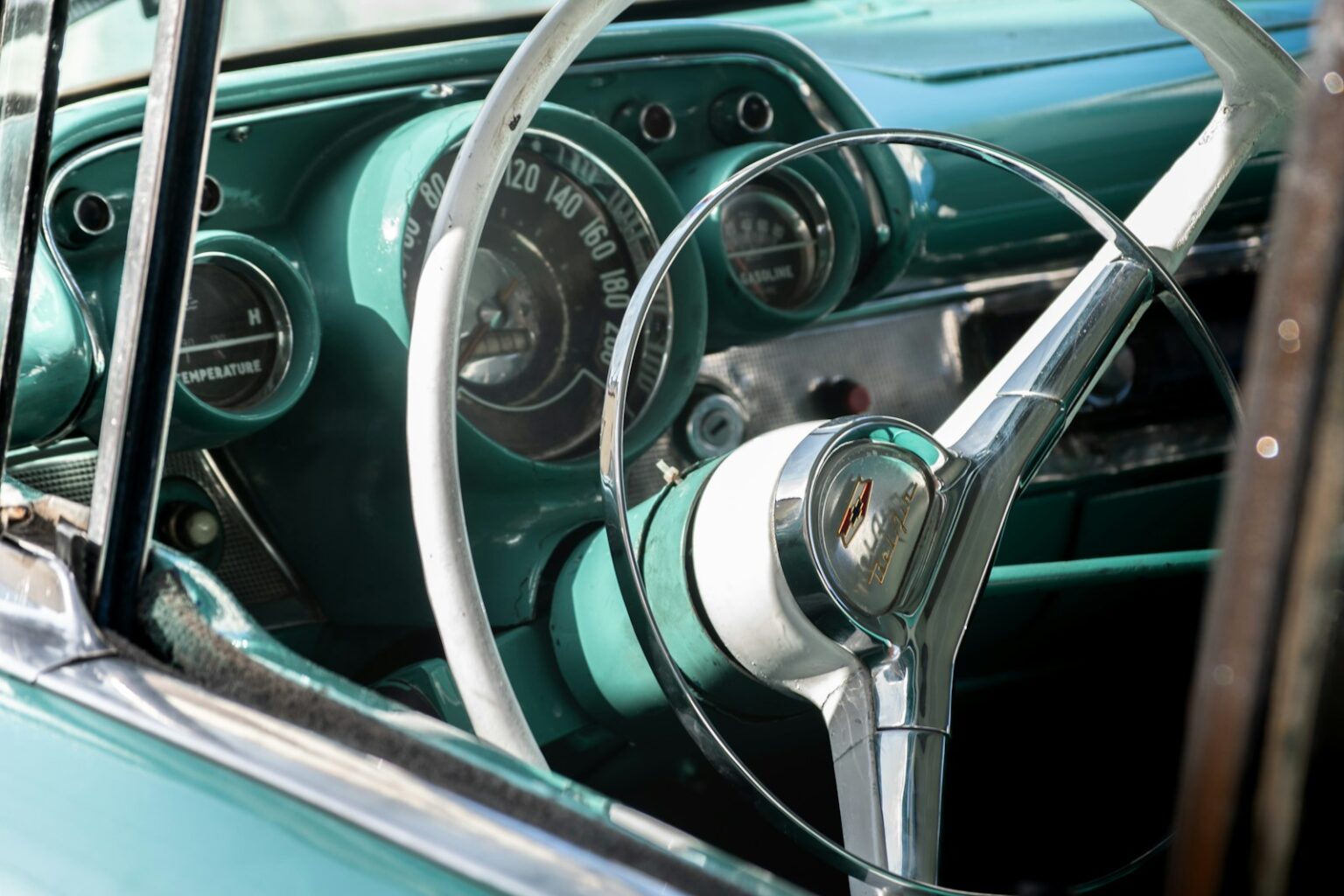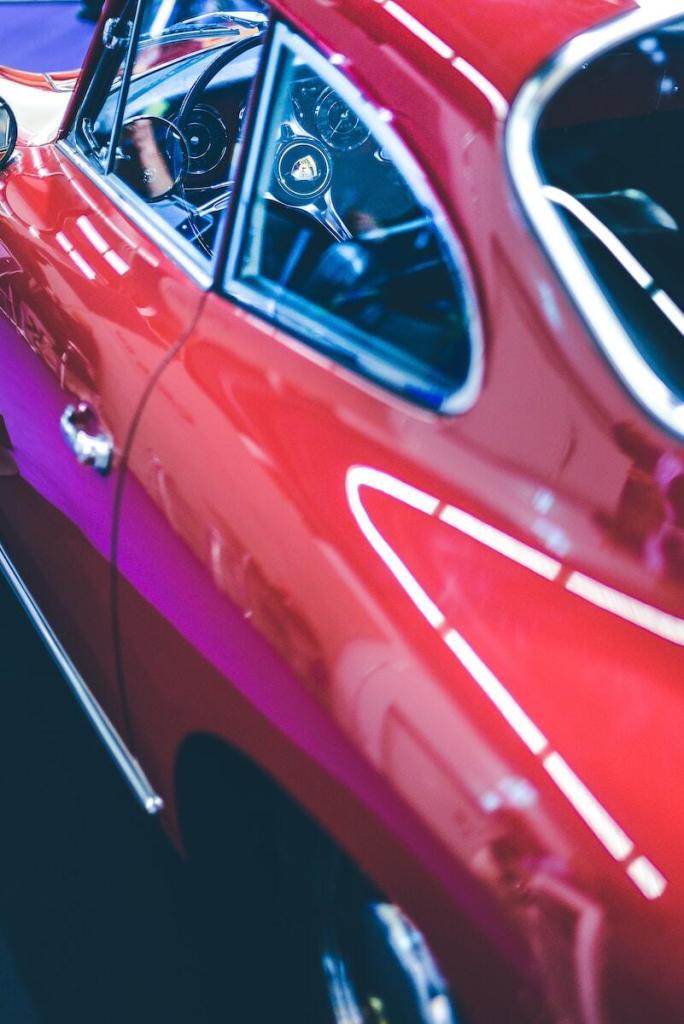
The Spanish government has approved the new regulations for historic vehicles.
Effective October 1.
New regulations for historic vehicles 2024
On September 10, 2024, around 16:00 (CET), a press release appeared on the official website of the press release appeared on the official website of the Dirección General de Tráfico (Traffic Department).
The Council of Ministers has finally approved the new regulation for historic vehicles, and it is expected to come into force on October 1, 2024, which is when it should appear in the Official State Gazette.

This new regulation is in fact an update of the old regulation on historic vehicles, which was some thirty years old.
The regulation is designed to adapt to the standards of the rest of the European Union countries regarding classic and historic vehicles.
Until now, the procedures to classify a vehicle as historic were difficult, expensive, and sometimes impossible.
To begin with, a project and laboratory report certifying the authenticity of the model was required.
Occasionally, you could find that some modification made on the particular unit – and that it was arguable that it “broke” the authenticity of the model/unit – was not accepted by the laboratory, which could block the process.
And in any case it was a procedure that took considerable time and also had a cost that could be around 1000 euros.
In this new regulatory model, the role of the clubs will be much more relevant in the whole process, since part of the “certification” of authenticity of a model in order to process it as historic will fall on them.
Obviously, a level of preservation and authenticity will still be required, but the criteria for assessing authenticity have also been revised.
We will come back to this in the coming weeks, as soon as the final text is published.
The regulation is designed for vehicles that are currently registered in Spain.
Imported historic vehicles will still have to go through the same – or similar – procedures as before.
The cataloguing of historic vehicles will allow to keep the original license plate of the vehicle by adding a “VH” badge to it, the ITV’s periods can be extended up to 4 years depending on the age of the unit -previously it was up to 5-, and they are supposed to have some facilities to circulate in a limited -but reasonably permissive- way through the Low Emission Zones.
It is true that this last point will surely depend on how each municipality applies it, but we expect an improvement in this aspect.
On the subject of the cataloguing and use of historic vehicles in Low Emission Zones, it would be desirable -although this is only our opinion- that a reasonable and non-abusive use of the same be made to avoid that the law could suffer future restrictions if an abuse of the same is detected.
But this already belongs to another area of debate.
In any case, when the final text appears in the BOE, we will comment on it and try to interpret it point by point in order to evaluate the pros and cons of each one of them.
Be that as it may, what is really obligatory is to express our gratitude to the federations and clubs, who have worked very actively for years – literally – for this new law to see the light of day.
Hopefully it will help and serve as recognition to all the enthusiasts who contribute to keep alive the industrial heritage of these classic vehicles, in any of its modalities, ages, and styles.

